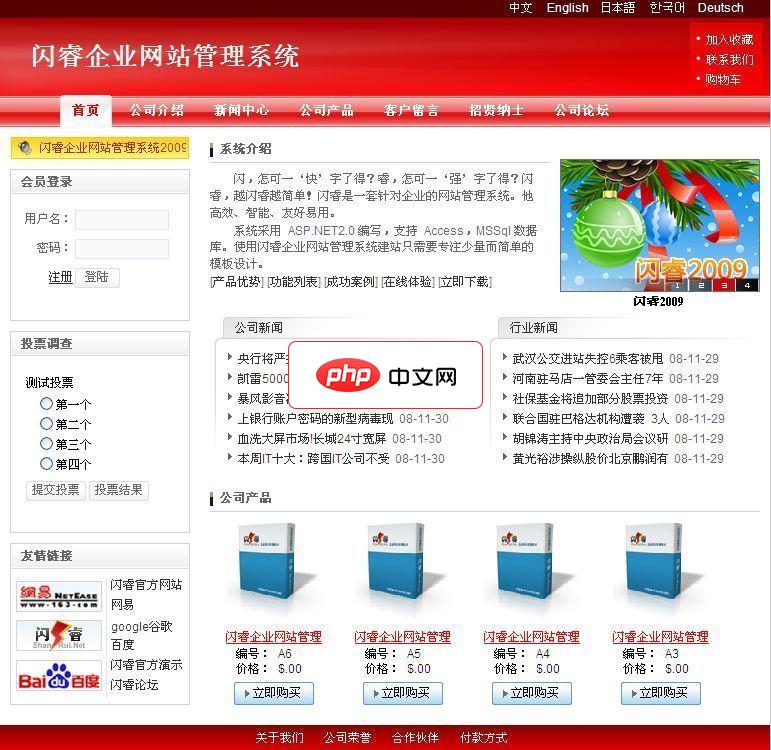xpath中=用于判断相等,!=用于判断不相等,前者匹配指定值的节点,后者排除指定值的节点,两者均可用于属性或文本的精确匹配,且区分大小写,需注意类型一致和命名空间处理,结合and等逻辑运算符可构建复杂查询条件以实现精细筛选,使用括号可明确运算优先级,确保查询逻辑正确完整。

XPath 中
=
!=
=
!=
XPath中
=
!=
=
=
例如,假设有如下 XML 结构:
<books>
<book id="1001">
<title>The Lord of the Rings</title>
<author>J.R.R. Tolkien</author>
</book>
<book id="1002">
<title>The Hobbit</title>
<author>J.R.R. Tolkien</author>
</book>
<book id="1003">
<title>A Game of Thrones</title>
<author>George R.R. Martin</author>
</book>
</books>如果想要找到
id
book
//book[@id='1002']
这个表达式会返回:
<book id="1002"> <title>The Hobbit</title> <author>J.R.R. Tolkien</author> </book>
=
book
//book[title='The Hobbit']
需要注意的是,
=
//book[title='the hobbit']
在使用
=
id
此外,当处理包含命名空间的 XML 文档时,需要确保 XPath 表达式正确地处理了命名空间。否则,即使属性值相等,也可能因为命名空间不匹配而导致匹配失败。
!=
!=
继续使用上面的 XML 示例:
<books>
<book id="1001">
<title>The Lord of the Rings</title>
<author>J.R.R. Tolkien</author>
</book>
<book id="1002">
<title>The Hobbit</title>
<author>J.R.R. Tolkien</author>
</book>
<book id="1003">
<title>A Game of Thrones</title>
<author>George R.R. Martin</author>
</book>
</books>如果想要选择所有
id
book
//book[@id!='1002']
这个表达式会返回:
<book id="1001"> <title>The Lord of the Rings</title> <author>J.R.R. Tolkien</author> </book> <book id="1003"> <title>A Game of Thrones</title> <author>George R.R. Martin</author> </book>
同样,
!=
book

此版本和闪睿企业网站管理系统 2009 SP1 Build 090828 得区别是:这个可以在本地计算机一键安装所有所需组件,并安装完成后自动打开闪睿网站前台。我们的口号:简单,不思考!这个版本要的就是简单!不再需要安装IIS,配置IIS,繁琐的各种设置,下载等,就下载一个包,运行一个程序,一步到位!2.0版本更新日志:1.自主研发迷你web服务器,全自动配置参数。简单无极限!2.迷你服务器和迷你
 0
0

//book[title!='The Hobbit']
在使用
!=
空值处理:如果属性值为空,
!=
book
id
//book[@id!='1002']
not(@id='1002')
类型匹配:与
=
!=
命名空间:在处理包含命名空间的 XML 文档时,确保 XPath 表达式正确地处理了命名空间,否则可能导致排除失败。
=
!=
结合使用
=
!=
例如,假设有如下 XML 结构:
<library>
<book category="fiction" available="true" id="2001">
<title>Pride and Prejudice</title>
<author>Jane Austen</author>
</book>
<book category="fiction" available="false" id="2002">
<title>1984</title>
<author>George Orwell</author>
</book>
<book category="non-fiction" available="true" id="2003">
<title>Sapiens</title>
<author>Yuval Noah Harari</author>
</book>
<book category="non-fiction" available="false" id="2004">
<title>Thinking, Fast and Slow</title>
<author>Daniel Kahneman</author>
</book>
</library>如果想要选择所有
category
available
book
//book[@category='fiction' and @available!='false']
这个表达式会返回:
<book category="fiction" available="true" id="2001"> <title>Pride and Prejudice</title> <author>Jane Austen</author> </book>
在这个例子中,
=
category
book
!=
available
book
and
另一个例子是,选择所有
id
author
book
//book[@id!='2002' and author='George Orwell']
在使用组合运算符时,需要注意以下几点:
运算符优先级:XPath 运算符有优先级之分。例如,
and
or
逻辑清晰:复杂的 XPath 查询可能难以理解。建议将查询分解为更小的部分,并逐步构建,以确保逻辑清晰。
性能考虑:复杂的 XPath 查询可能会影响性能。在处理大型 XML 文档时,需要注意查询的效率,避免使用过于复杂的表达式。
通过灵活运用
=
!=
以上就是XPath的=和!=运算符有什么区别?的详细内容,更多请关注php中文网其它相关文章!

每个人都需要一台速度更快、更稳定的 PC。随着时间的推移,垃圾文件、旧注册表数据和不必要的后台进程会占用资源并降低性能。幸运的是,许多工具可以让 Windows 保持平稳运行。

Copyright 2014-2025 https://www.php.cn/ All Rights Reserved | php.cn | 湘ICP备2023035733号